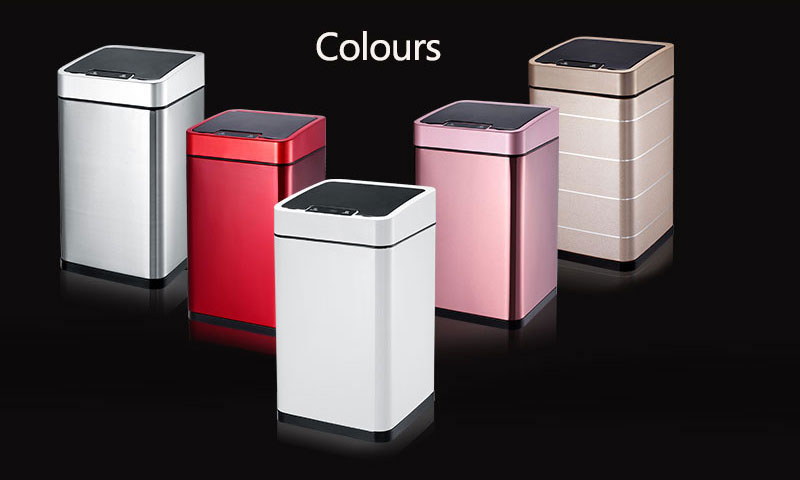
With the high density of people and traffic issues which are typical in this part of the world, the introduction of smart bins would make a significant impact. Smart bins are also a perfect solution for Asian cities. In addition, people have been enjoying a cleaner living environment with no overflowing bins and nasty smells. Prior to installing smart bins, waste collection from the old “dumb” garbage bins was carried out several times a day but now with smart bins this has been reduced astonishingly to once every two weeks! This not only saves manpower costs, but also reduces the air pollution caused by garbage trucks, fuel use and helps to alleviate traffic congestion. Take Australia as an example, where smart bins are now widely used and have greatly improved the efficiency of waste management. Smart bins solve these issues quickly and easily and governments around the world are catching on. This is not an effective way to manage waste.
#SERVICE COST SMART TRASH CAN FULL#
Also, waste collection services do not have data available in real time to tell them if a bin is empty or full and ready for collection. Take your average garbage bin on the street – a few bottles, some cans, some polystyrene take-away boxes and it’s deemed as full and needs to be emptied before it overflows. no overflowing bins and less unpleasant odours) Analytics data to manage collection routes and the placement of bins more effectively.A reduction in the number of waste bins needed.A reduction in the number of waste collections needed by up to 80%, resulting in less manpower, emissions, fuel use and traffic congestion.With their combination of intelligent waste monitoring and trash compaction technologies, smart bins are head and shoulders above traditional garbage bins. Intelligent safety sensors are also installed which stop compaction if a hand is detected and, if fire is detected, will alert the monitoring station and automatically begin extinguishing the fire. Smart bins also use a solar-powered trash compactor which activates at a pre-set level, enabling them to hold a great deal more waste (up to 8 times) and avoid overflowing. On the basis of this data, waste collection services can optimise their routes and frequency. They have wireless ultrasonic fill-level sensors embedded inside which detect how full the bin is and then, through the IoT, this data is sent to a cloud-based monitoring and analytics platform. Smart bins are an intelligent waste management system.

In this post, we will look at how smart bin technology is revolutionising waste management by reducing costs, easing logistics and improving the environment for everyone.

One of those solutions is a new type of bin – the smart bin – which leverages the Internet of things (IoT) to provide a much more efficient way to manage waste. This problem is not unique to Hong Kong either cities around the world are desperate to find solutions which can reduce the strain of waste management.

Of course, managing all this waste is costly, logistically difficult and time consuming for the government – and we pay the price in our taxes! According to the Hong Kong Government, around 6 million tonnes of municipal solid waste (MSW) is generated in the city every year and worryingly, with our consumption-led lifestyles, this figure is set to rise.


 0 kommentar(er)
0 kommentar(er)
